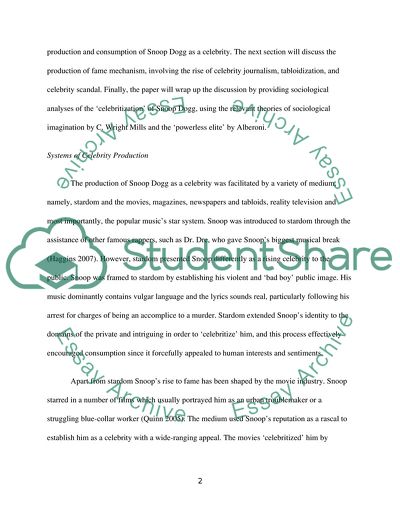Cite this document
(An Analysis of the Celebritized Snoop Dogg Case Study, n.d.)
An Analysis of the Celebritized Snoop Dogg Case Study. Retrieved from https://studentshare.org/social-science/1558149-fame-and-celebrity-snoop-dogg
An Analysis of the Celebritized Snoop Dogg Case Study. Retrieved from https://studentshare.org/social-science/1558149-fame-and-celebrity-snoop-dogg
(An Analysis of the Celebritized Snoop Dogg Case Study)
An Analysis of the Celebritized Snoop Dogg Case Study. https://studentshare.org/social-science/1558149-fame-and-celebrity-snoop-dogg.
An Analysis of the Celebritized Snoop Dogg Case Study. https://studentshare.org/social-science/1558149-fame-and-celebrity-snoop-dogg.
“An Analysis of the Celebritized Snoop Dogg Case Study”. https://studentshare.org/social-science/1558149-fame-and-celebrity-snoop-dogg.


